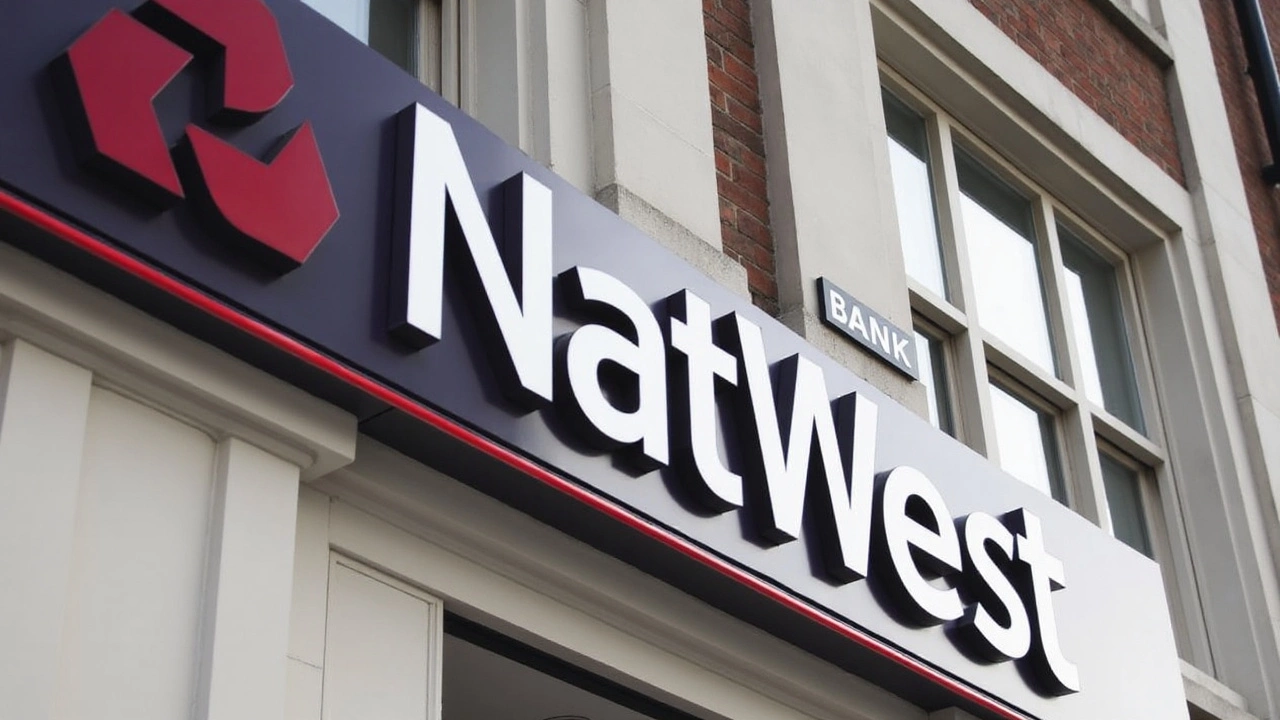UK Bank Closures: What’s Happening and How to Manage Them
Ever walked into your local high street bank only to find the doors locked? You’re not alone. Over the past few years a wave of UK banks have shut branches, merged locations, or moved services online. It can feel sudden, but the reasons are pretty clear and there are practical steps you can take right now to stay on top of your finances.
Why Banks Are Shutting Branches
First off, digital banking is reshaping the market. More people use apps, web portals and mobile payments, so banks see less foot traffic and cut costs by closing smaller branches. Second, operating a brick‑and‑mortar site is pricey—rent, staff, utilities all add up. When profit margins tighten, banks trim the least‑used locations.
Third, regulatory pressures push banks toward efficiency. The Financial Conduct Authority (FCA) expects robust risk management, and consolidating branches helps banks meet those standards. Finally, the pandemic accelerated the shift. Many customers got comfortable banking from home, making it harder for physical sites to justify staying open.
What You Can Do Right Now
If your branch closes, start by checking your bank’s online platform. Most major banks—Barclays, Lloyds, NatWest, HSBC—offer full‑service apps that let you view statements, set up payments and even talk to a live adviser via chat or video.
Next, update any direct debits, standing orders or scheduled transfers that relied on the old branch’s sort code. Log into your online account or call customer service to confirm the details haven’t changed.
Consider opening a secondary account with a different high‑street or challenger bank. Having a backup can be handy if you need cash quickly or want to avoid long queues on busy days. Credit unions and building societies often keep smaller, community‑focused branches open.
Don’t forget about your cash. If you keep a stash at home, store it securely. If you prefer a safety‑deposit box, check whether the bank still offers it or if you need to move it elsewhere.
Finally, stay informed. Banks usually announce closures weeks in advance through letters, emails or website notices. Sign up for alerts, read the fine print, and ask questions if something isn’t clear. Knowing the timeline helps you plan moves like switching mortgage providers or arranging a new loan.
Closing a branch doesn’t mean you lose banking services—it just means you need to adapt. Embrace the digital tools, keep your payment details up to date, and have a backup plan. With a little preparation you’ll stay in control of your money, no matter how many doors shut on the high street.

The UK banking industry is witnessing a substantial wave of branch closures, topping 6,000 since 2015, largely driven by consumer behavior shifts and technological advancements. Major banks like TSB, Barclays, NatWest, and Royal Bank of Scotland are significantly reducing their physical presence, raising concerns over community access. This trend calls for regulatory intervention and innovative solutions to ensure continued service accessibility for affected communities.
Continue Reading





